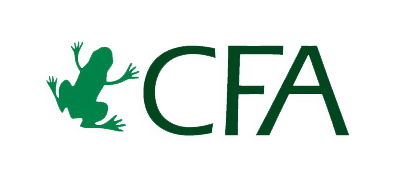Welcome to the Conservation Finance Guide. The overall goal is to provide practical tools to support the rapid expansion of sustainable finance mechanisms that generate long-term funding for biodiversity conservation.

Welcome to the Conservation Finance Guide. The overall goal is to provide practical tools to support the rapid expansion of sustainable finance mechanisms that generate long-term funding for biodiversity conservation.

Transfer of management responsibility to a parastatal agency, partnering with a private company or NGO, or creating a collaborative advisory board will often help a public PA to capture revenues with more efficiency, particularly in developing countries (Eagles & Hillel 2008; Spenceley, Snyman & Eagles 2017). In countries with legal restrictions on the generation and retention of revenues by government entities, these management models may also offer more flexibility for entrance and activity fee revenues to be retained by the site rather than channelled into the central treasury (Font, Cochrane & Tapper 2004). For example, since Parks Canada became a parastatal entity in the 1990s, its efficiency in capturing revenues from entrance fees and reinvesting them in PAs has increased substantially (Eagles & Hillel 2008). In particular, leveraging the expertise of tourism companies or NGOs through a concession or partnership can help to ensure that the experiences for which fees are charged are of a high quality that visitors are willing to pay for, and that they are properly marketed (Eagles 2002). Successful examples include the commercialisation of South African National Parks (SANParks) and partnerships developed between the foundation African Parks and governments of various African countries, including Zambia, Ethiopia, and Malawi (Saporiti 2006). Tourism businesses are also usually better placed to offer emotionally engaging interpretation of ecotourism experiences, which can increase awareness of and support for local conservation issues and management solutions (Powell & Ham 2008; Zeppel & Muloin 2008).
Overview
1. Understanding Entrance and Activity Fees
1.2 Stakeholders
1.3 Potential in Monetary Terms
1.4 When is it Feasible and Appropriate?
1.5 Strengths, Risks, and Challenges
2. Methodology
2.1 Scoping
2.2 Feasibility
2.3 Design
2.4 Implementation
2.5 Monitoring, Evaluation, and Adaptive Management
3. How to Improve the Impact of Existing Systems
Appendix: Generic Terms of Reference (ToR) for a Feasibility Assessment